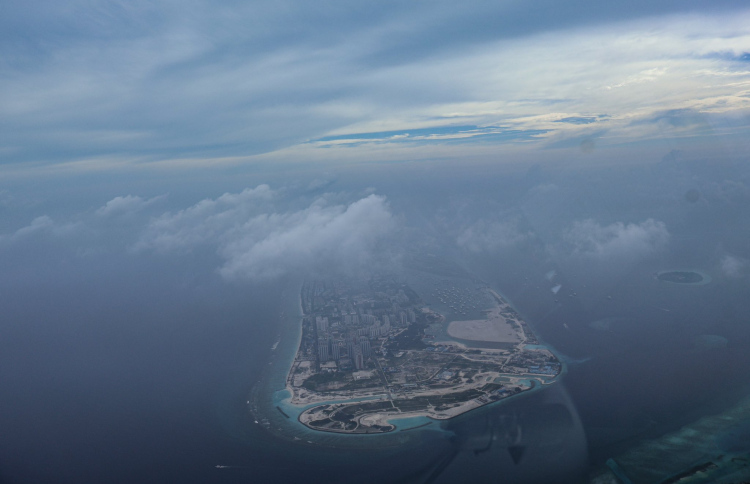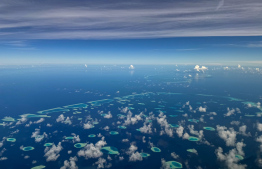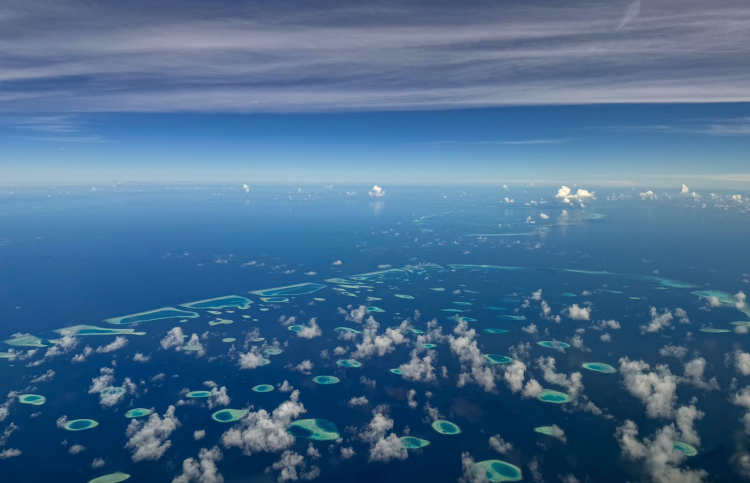
Haze typically affects the Maldives during the Iruvai monsoon, often exacerbated by winds from the Bay of Bengal. However, this year, haze was observed as early as December, even before the monsoon set in, due to polluted air carried from the Arabian Sea.
Air pollution in the Maldives has intensified with the start of the Iruvai monsoon (northeast monsoon) in January, carrying polluted winds from the Himalayas in northern India.
Haze, which has engulfed the entire country, was observed in photos shared by Maldivian pilot Mauman Saud on X.
When reaching a higher altitude, the haze layer over the Maldives becoming strikingly clear. You can see a distinct layer separating the air below from clear air above. The haze is from aerosols from Himalayan that moves towards Maldives with easterly winds. Air quality ranged pic.twitter.com/fvqqv7JyjL
— Mauman (@mauman707) February 8, 2025
Mauman captured the images last week while flying above Malé City, showing a distinct haze layer at around 6,000–7,000 feet. A clearer separation between the haze and the clear sky is visible from an altitude of about 10,000 feet.
"It looks like this for about half a year. The wind on that day changes the size of the layer," Mauman said.
The air quality in these conditions can reach hazardous levels, posing health risks, especially for vulnerable individuals.
Users commenting on Mauman’s post shared aerial photos of clear days for comparison, showing distant islands and reefs clearly visible. However, on hazy days, visibility is significantly reduced, with only a dense gray layer in sight.
Haze typically affects the Maldives during the Iruvai monsoon, often exacerbated by winds from the Bay of Bengal. However, this year, haze was observed as early as December, even before the monsoon set in, due to polluted air carried from the Arabian Sea.
The shift in wind patterns was attributed to Cyclone Fengal in northern India.
The pollution consists of industrial smoke and dust, reducing visibility and making transportation more challenging. Air pollution remains a significant issue in Asia and is a leading cause of lung cancer, responsible for approximately seven million deaths globally each year.





